Establishing meaningful – and profitable – conversations in the boardroom can sometimes be a challenge.
According to Gartner, buyers now only spend 17% of their time with potential suppliers when considering a purchase, compared to 45% being spent researching independently. This means that if multiple suppliers are tendering for a customer, you may only get a fraction of that time to demonstrate your value.
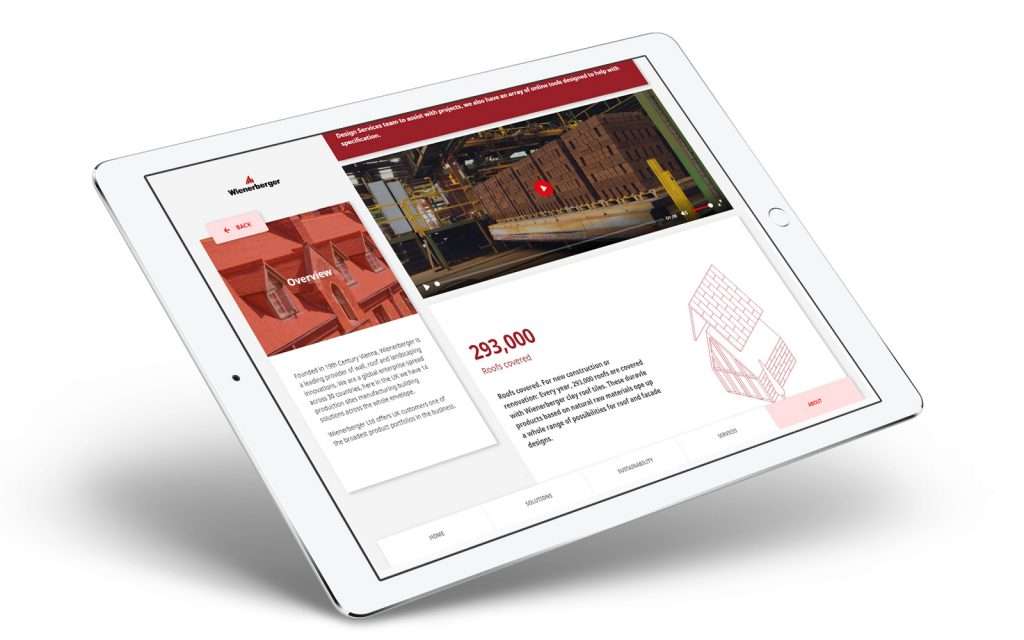
Therefore, it’s vital to make the most of the time you have with them. Giving them a generic presentation, accompanied by a lecture isn’t going to cut it in today’s information-rich digital world.
The opposite of a generic presentation is to use conversational presenting, a consultative sales approach which is about engaging in a two-way dialogue with your customers, rather than giving them an epic one-way tidal wave of information.
However, conversational presenting is about so much more than just about being chatty and having a bit of a back-and-forth. It’s about engaging with your customer on topics and issues that really matter to them, which in turn leads to a profitable conversation.
There are many ways you can turn your sales presentation into a two-way dialogue. As a Creative Technology Business who specialise in helping clients achieve more with their customers, we’re going to show you how you can make your presentations more interactive.
We’ll delve into these five tips:
- Involve your audience from the start
- Let your customers drive the conversation
- Use interactive content
- Tell an engaging visual story
- Leave time for Q&A
1. Involve your audience from the start
More often than not, a question is the best place to start.
We’re not talking about anything too complicated, either. Something simple along the lines of: “What are your main challenges?” can not only help you get a better idea where your audience wants to start the conversation, but it will also help you gauge their needs and potentially how much knowledge they may already have about your solution.
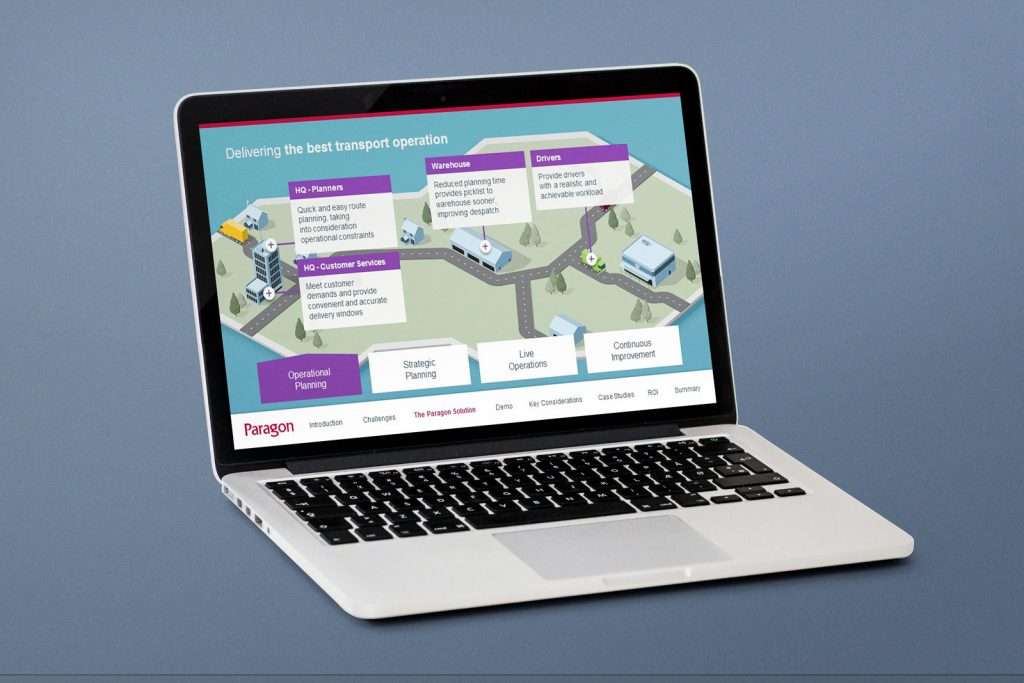
2. Let the your customers drive the conversation
Now that you’re off to a good start, let’s keep the momentum going.
Linear presentations that involve flicking through slides in a certain order aren’t flexible (and skipping through lots of slides to find the relevant one is not very professional), which is the main reason why having something more interactive works so well.

Think about it; you’re there to provide your customer with all the relevant information they need to move along the buying the process and articulate the value and opportunities you’re going to create for them. This is where sales content management or a content management system comes into its own.
Conversational presenting should involve having a two-way dialogue that involves you asking the right questions to get the answers you need in order to progress the conservation towards a positive outcome for you both.
And one of the best ways to achieve this is…
3. Use interactive content
Remember that Gartner research I referred to previously about today’s modern buyer, well here’s an interesting quote:
“The median B2B buying group involves six to 10 decision makers‚ each armed with four or five pieces of information they have gathered for themselves. The purchase process grinds to a slow crawl as buyers struggle to wade through all of their individual research and sufficiently deconflict the results to reach collective agreement on a concrete course of action.“
Gartner
It’s always important to remember how difficult it can be for buyers, especially for complex solutions that can be difficult for customers to initially relate to or understand. Cramming a slide full of confusing graphs and far too many bullets will do nothing to help wade through this complexity.
Therefore, you can use interactive content to better explain difficult concepts in a meaningful way.
So, which types of content can help you to bring your presentation to life?
Well, you could try interactive navigation or dashboards that let you easily pick which part of your presentation is most relevant to your audience – or move seamlessly to the bits they want to hear about most.
4. Tell an engaging, visual story
You’ve probably heard this line before, but the brain processes images around 60,000 times faster than words – which means having something visual is usually always a big plus point. And if you can combine it with a compelling story, you’re definitely on the right track.
Get the story right, and you can also make that all-important emotional connection with your audience.
This quote from Nancy Duarte really strikes home with us:
“A story, in a business context, creates an opportunity for us to emotionally appeal to and influence our employees, stakeholders, customers, and partners by providing a path to meaning. It’s that emotional appeal that is so motivating and effective.”
The best thing to do when coming up with a visual story that’ll achieve the impact you need is to think carefully about your audience and what will resonate with them. One of the best visual storytelling techniques you can use is what we call ‘a day in the life’ which shows how your product or solution will impact your customers in their world.
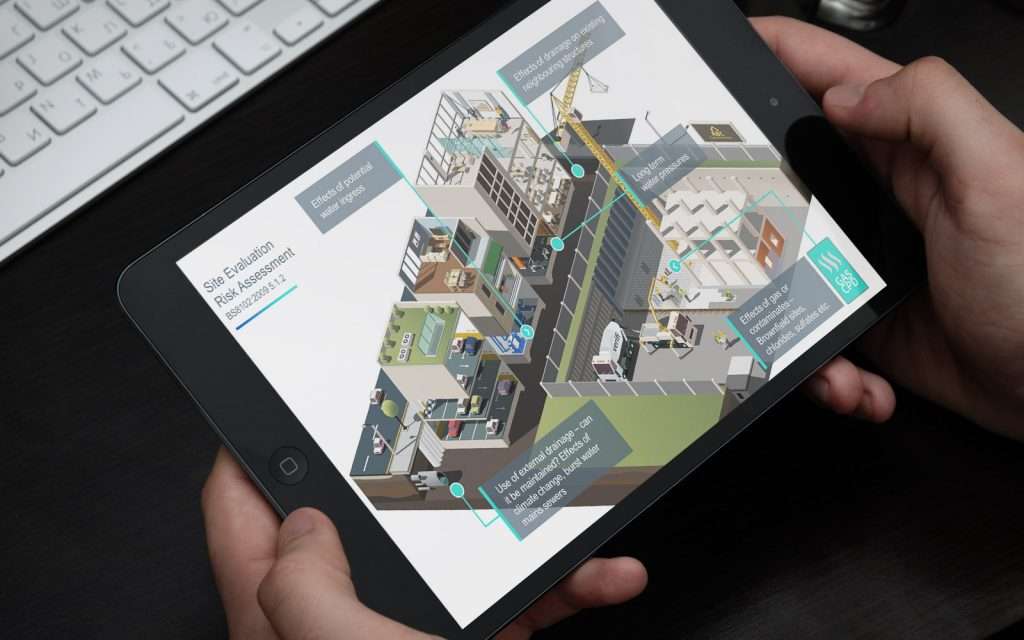
Tip: Check out our blog: Why Visual Storytelling is Essential for Your Interactive Presentation to learn more.
5. Leave time for Q&A
Last but not least, it’s always a good idea to open up the floor to your audience and let them ask you about anything that they want to know – and depending on the types of things you’re asked, you can either provide them with an off-the-cuff answer, or find something handy to perfectly demonstrate what you’re saying.
The good thing about conversational presentations using interactive touchscreens is that they can be packed full of information – but that doesn’t necessarily mean you have to use all of it. So, you’ll be 100% prepared for anything your customers may want to ask.
Q&As are also a great way to gauge if you’ve covered absolutely everything you need to in your presentation – or whether there’s anything you can improve on for next time.
TIP: Luckily, one of the biggest benefits of having an interactive presentation on a touchscreen is that your content can be updated to evolve along with you – especially if it’s developed using something flexible and adaptable such as PowerPoint – making it an overall great investment.
Advice from conversational presentation pros
A professional, engaging conversational presentation for B2B is something a lot of buyers expect nowadays, and they enter the boardroom more clued up on your business than ever before – with high expectations of what they’re going to get from your presentation, and the creative bar raised to the point where there’s no excuse for poor design.
In fact, according to RSW new business survey, 97% of senior decision makers said the professionalism of a potential supplier’s presentation was very important or important in awarding a contract (which means it may be time to start reconsidering your trusty old presentation stuffed full of bullet points and content-heavy slides).
One of the best ways to make your presentation conversational – and give the ‘wow’ factor while you’re at it – is to develop your presentation for an interactive touchscreen. This means your customers can have something visually impressive to look at, and they can even interact with the content on screen, really getting them immersed in the content.
If you would like to learn more about what might be possible with an interactive, conversational presentation for B2B we’re always happy to have a chat. Get in touch today on +44 (0)117 329 1712 or hello@popcomms.com. If you’d like to see what’s possible with POP, watch this!
Related Posts
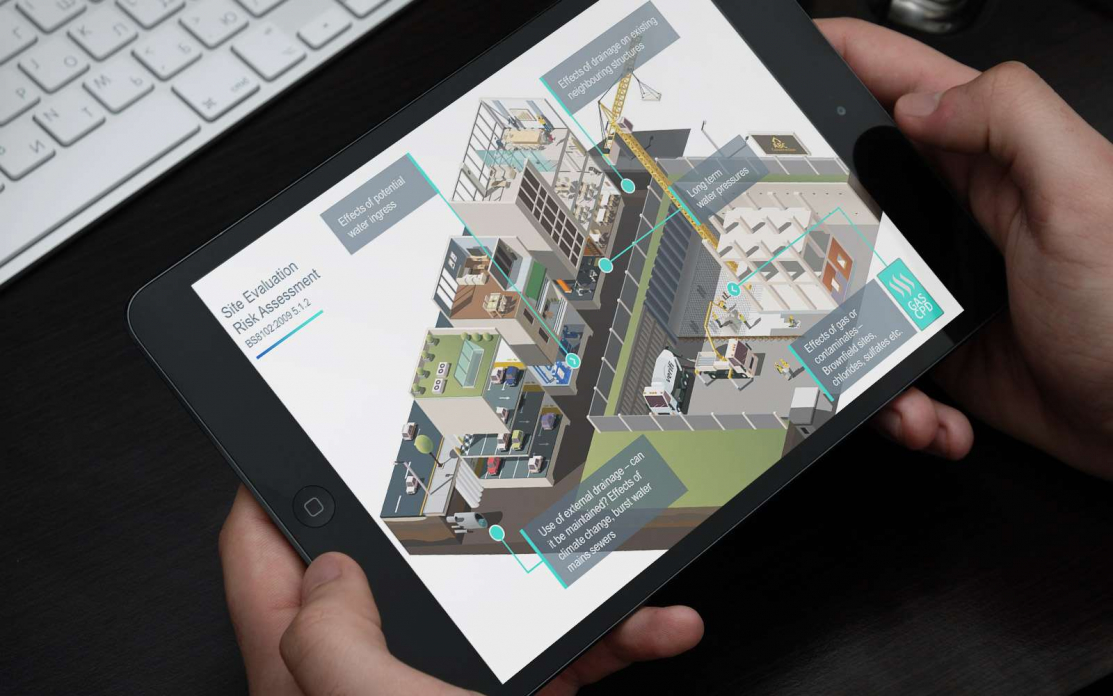
How to Start Meaningful B2B Sales Conversations With Your Customers
Read
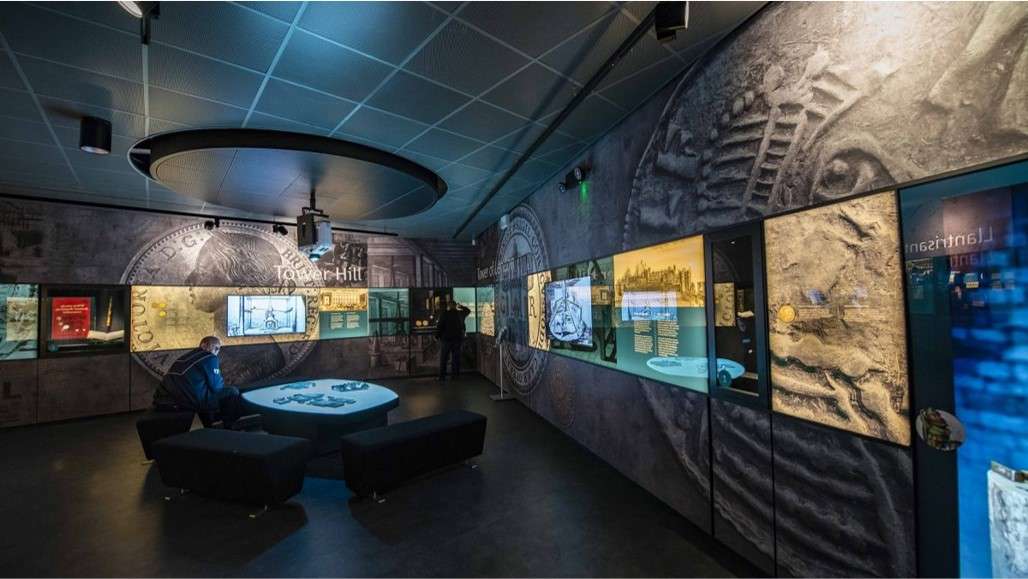
7 Ways to Stand Out in the Experience Economy
Read
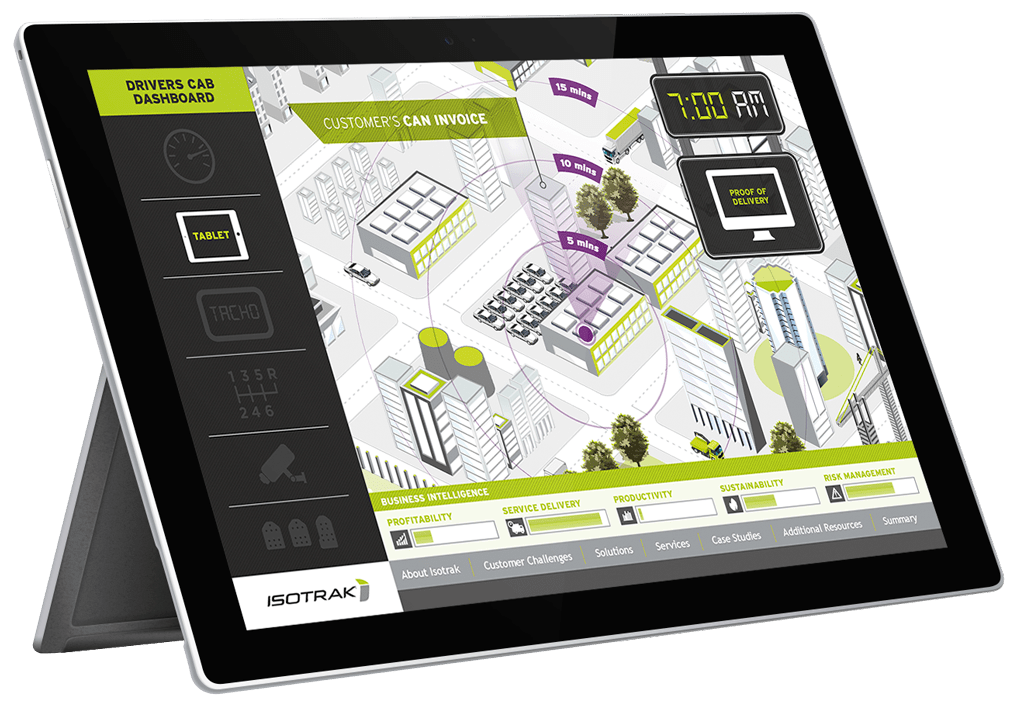
3 Reasons Why You Need More Persuasive Interactive Sales Presentations
Read
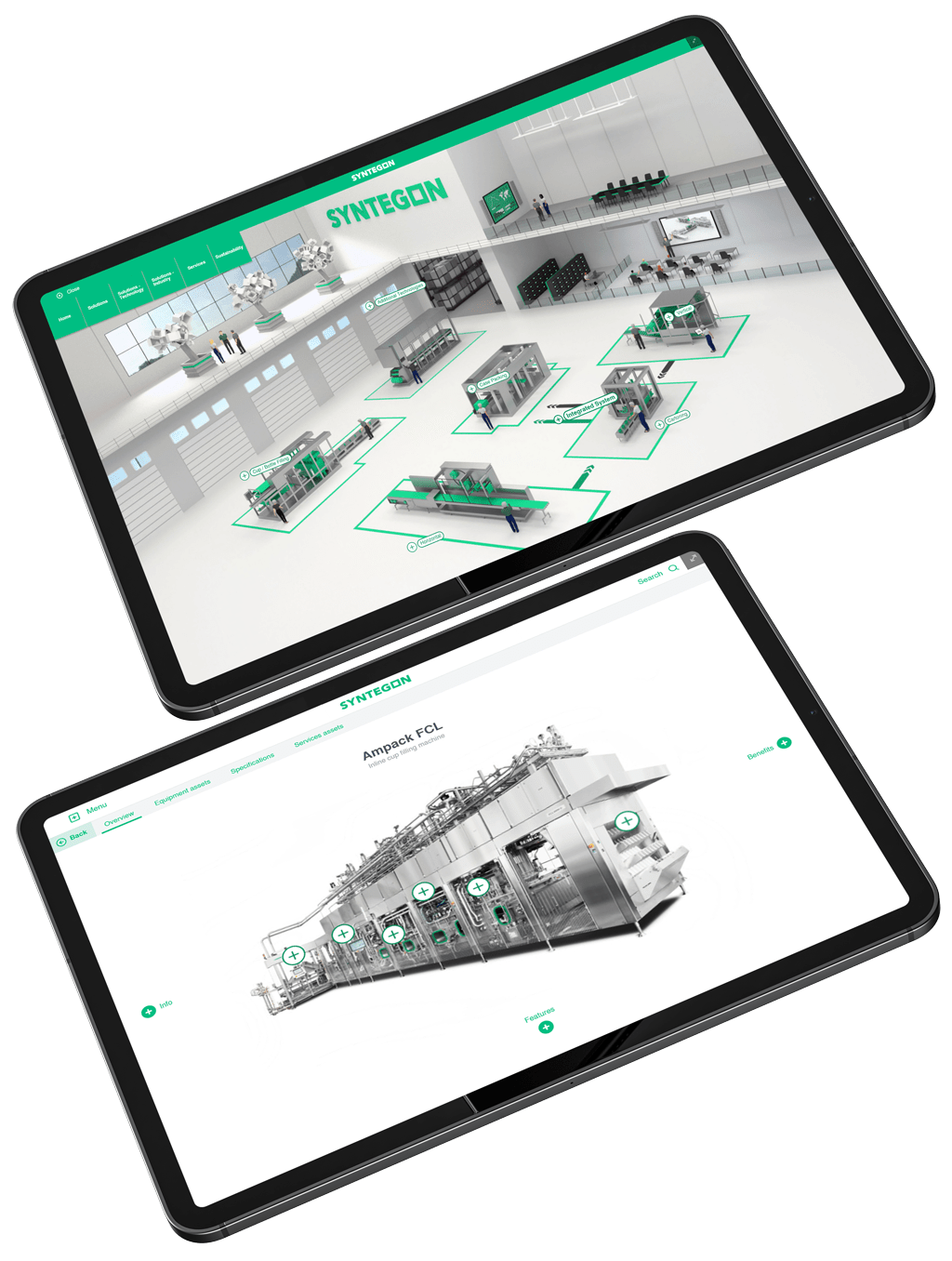
6 Signs You Should Invest in B2B Sales Enablement for Your Team
Read